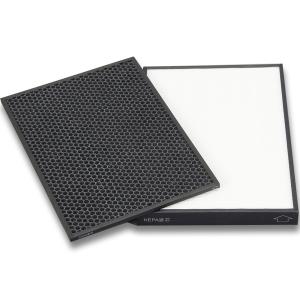source:Industry Trends release time:2024-03-05 Hits: Popular:led screen wholesaler

LCD splicing screens are generally used in scenarios with large screen requirements, such as conference rooms, exhibition halls, monitoring rooms, etc. LCD splicing screens not only display clearly, but also have rich screen functions, which are highly praised by users. Many users often mix splicing screens with our home LCD TVs, but in fact, there is a fundamental difference between the two! For example, a TV can come with its own audio system, but LCD splicing screens are not suitable. So, many users want to ask, how does a LCD splicing screen produce sound? Let's introduce it together for everyone.
We can understand LCD splicing screen as a large display, which is only responsible for displaying images. If you want to produce sound, you must connect audio equipment such as speakers because there are many interfaces on the back of the LCD splicing screen. In addition to the conventional input and output interfaces, there is also a VIDEO interface. We only need to connect an audio cable to the speaker at the VIDEO interface to achieve the function of adding audio, When playing the video source on the computer, you can synchronize the sound to achieve audio-visual consistency.
With the gradual expansion of the use of LCD splicing screens, they are no longer limited to traditional monitoring and display scenarios, but quickly extend to indoor meetings, exhibition halls, and other occasions. In addition to displaying images, these occasions usually require external sound, such as playing some videos in meetings and playing some corporate promotional videos in exhibition halls, which usually include music, At this point, external audio is needed to achieve the desired effect.
Read recommendations:
outdoor led screen modules Manufacturing
Requirements for Control Computer Host of Indoor Full Color LED Display Screen.led aluminum cabinet